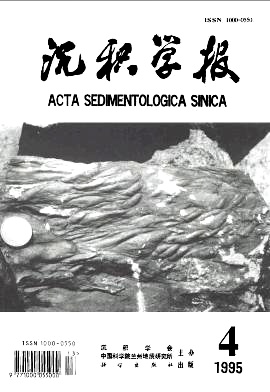Experimental Simulation of Dissolution for Carbonate with Different Composition under the Conditions from Epigenesis to Burial Diagenesis Environment
- Received Date: 1994-04-20
- Publish Date: 1995-12-10
-
Key words:
- Experimental simulation /
- Epigenesis and burial diagenesis /
- Dissolution of dolomite /
- Composition of carbonate /
- Secondary porosity
Abstract: Experiments of dissolution for carbonate with variable contents of calcite and dolomite have been performed under the temperature and pressure of epigenesis to burial diagenesis (40℃ ~ 100℃, normal atmospheric pressure ~ 25MPa). In the Experments under the condition of simulating epigenesis and relatively shallow burial (T75℃,P20MPa), calcite dissolved much more quickly than dolomite. With the increase of temperature and pressure, the difference of dissolution rate between the two minerals decreases. When temperature is more than 75℃ and pressure more than 20MPa, the dissolution rate of dolomite exceeds calcite.Under the conditions of 100℃, 25MPa, the dissolution rate of dolomite (dolomite/calcite= 98/2) is two times of limestone (dolomite/calcite=16/86). The reason is that the temperature and pressure effect on dolomite being greater than that on calcite. Based on the results of experiments, it can be predicated that under the conditions of epigensis and relatively shallow burial environment limestone dissolution must develope more greatly than that of dolomite, but under the deep burial conditions, dolomite must have dissolved more quickly than that of calcite. This is one of the most important reasons for that there are more dolomite reservoir with secondary porosity than limestone in the strata deeper than 2000m.
| Citation: | Yang Junjie, Huang Sijing, Zhang Wenzheng, Huang Yueming, Liu Guixia, Xiao Linping. Experimental Simulation of Dissolution for Carbonate with Different Composition under the Conditions from Epigenesis to Burial Diagenesis Environment[J]. Acta Sedimentologica Sinica, 1995, 13(4): 49-54. |






 DownLoad:
DownLoad: